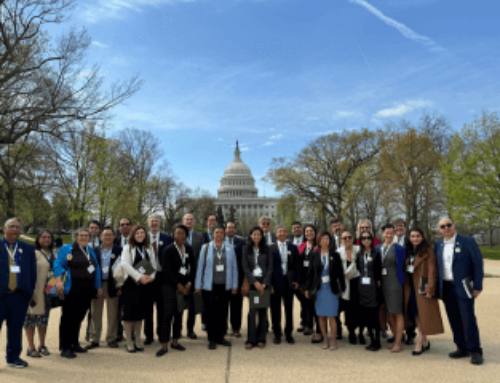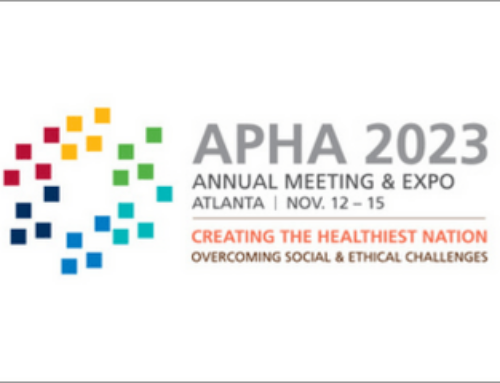The AASM was in Washington, D.C. last week and met with several federal lawmakers and agencies to discuss the importance of sleep. Meetings were timely since the Federal Aviation Administration (FAA) and Federal Motor Carrier Safety Administration (FMCSA) recently announced new rules addressing the maximum hours of work per shift and mandatory rest periods for passenger airline pilots and truck drivers.
AASM representatives met with legislative aides for the following Senators: Senator Johnny Isakson (R-GA), Senator Richard Burr (R-NC), Senator Kay Hagan (D-NC), Senator Frank Lautenberg (D-NJ), Senator John Kerry (D-MA), Senator Lamar Alexander (R-TN), Senator Mark Kirk (R-IL), and Senator Patty Murray, (D-WA). Senators were identified because they are the representatives of AASM Board members and serve on health care committees.
Discussions focused on: supporting the AASM’s proposal for an integrated care delivery model to the CMS Innovation Center; repealing the Sustainable Growth Rate (SGR); funding for NIH and sleep research; and the possible effects of Health Care Reform. Meetings were very positive and the AASM in the process of planning future meetings to continue discussing these important issues.
AASM also met with several Federal Agencies to strengthen ties, communicate the importance of effective sleep, and the role of the AASM as sleep experts. Meetings were conducted with the following agencies:
National Transportation Safety Board (NTSB)
NTSB is responsible for determining the probable cause of transportation accidents, promoting transportation safety, and assisting victims of transportation accidents and their families.
Federal Motor Carrier Safety Administration (FMCSA)
The mission of the FMCSA is improving the safety of commercial motor vehicles.
On December 22, 2011, the FMCSA revised its hours-of-service (HOS) safety requirements for commercial truck drivers. FMCSA’s new HOS final rule reduces by 12 hours the maximum number of hours a truck driver can work within a week. Under the new rule, truck drivers could work on average up to 82 hours within a seven-day period. The new HOS final rule limits a driver’s work week to 70 hours. In addition, truck drivers cannot drive after working eight hours without first taking a break of at least 30 minutes. Drivers can take the 30-minute break whenever they need rest during the eight-hour window. Commercial truck drivers and companies must comply with the HOS final rule by July 1, 2013.
Federal Aviation Administration (FAA)
The FAA strives to provide the safest, most efficient aerospace system in the world.
Similar to the FMCSA, the FAA recently implemented rules that overhaul commercial passenger airline pilot scheduling to ensure pilots have a longer opportunity for rest. Some of the rules include:
- Joint responsibility between the pilot and airline for ensuring the pilot is fit for duty. The pilot must sign that he or she is “fit” to take the flight. If a pilot reports fatigue, the airline must remove that pilot from duty.
- Fatigue Risk Management System: Option to develop an FAA-approved alternative method of compliance.
- Fatigue Education and Awareness Training Program: Provide annual fatigue education and awareness education for pilots, dispatchers, individuals directly involved in the scheduling of pilots, individuals directly involved in operational control, and any employee providing direct management oversight of those areas.
- Flight Duty Period: Split Duty Applied to night operations requiring at least 3 hours of rest during the flight duty period.
Federal Railroad Administration (FRA)
The FRA promulgates and enforces rail safety regulations; administer railroad assistance programs; conduct research and development in support of improved railroad safety.
National Highway Traffic Safety Administration (NHTSA)
NHTSA is responsible for administrating safety programs directs the highway safety and consumer programs.








